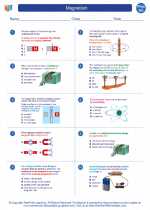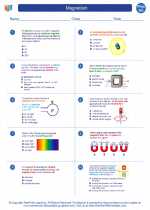Plate Tectonics
Plate tectonics is the scientific theory that describes the large-scale movements of Earth's lithosphere. The lithosphere is divided into several large and small tectonic plates that float on the semi-fluid asthenosphere below. These plates are constantly moving and interacting with each other, leading to various geological phenomena such as earthquakes, volcanic activity, and the formation of mountain ranges.
Key Concepts
1. Tectonic Plates: These are large and small pieces of Earth's lithosphere that float on the semi-fluid asthenosphere. The major tectonic plates include the Pacific Plate, North American Plate, Eurasian Plate, African Plate, Antarctic Plate, South American Plate, and Indo-Australian Plate.
2. Plate Boundaries: These are the regions where tectonic plates meet and interact. There are three main types of plate boundaries: divergent boundaries (where plates move away from each other), convergent boundaries (where plates move towards each other), and transform boundaries (where plates slide past each other).
3. Geological Features: Plate tectonics is responsible for the formation of various geological features such as mountain ranges, ocean basins, volcanic arcs, and rift valleys. For example, the Himalayas were formed as a result of the collision between the Indian Plate and the Eurasian Plate.
Study Guide
To understand plate tectonics, it's important to study the following key areas:
- The structure of the Earth's interior and the composition of the lithosphere and asthenosphere.
- The movement of tectonic plates and the driving forces behind their motion, including mantle convection and slab pull.
- The types of plate boundaries and the geological features associated with each type.
- The distribution of earthquakes and volcanic activity in relation to plate boundaries.
- The historical development of the theory of plate tectonics and the contributions of scientists such as Alfred Wegener and Harry Hess.
Studying plate tectonics can also involve examining real-world examples of tectonic activity, such as the formation of the Mid-Atlantic Ridge, the subduction zones around the Pacific Ring of Fire, and the rift valleys in East Africa. Understanding plate tectonics is crucial for explaining the dynamic nature of Earth's surface and the processes that have shaped our planet over millions of years.
By mastering the concepts and principles of plate tectonics, students can gain a deeper understanding of the Earth's geological processes and phenomena, as well as the interconnectedness of the planet's landforms and natural hazards.
Happy studying!



